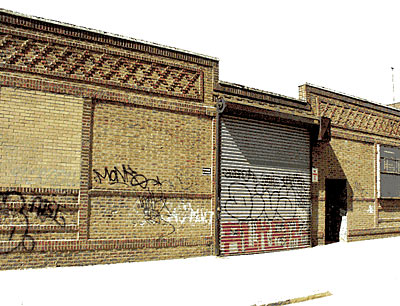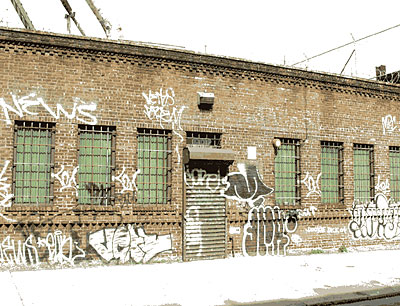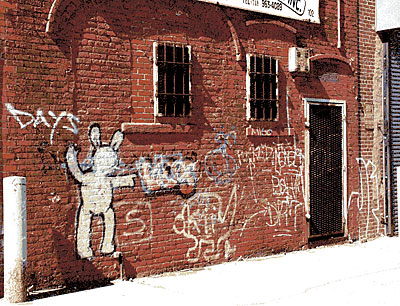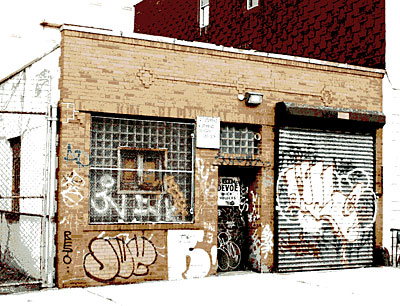LOST PLACE  |
MARCH 2008 – NO. 22
|
Historic Williamsburg
by T.M. Pugh
Where did it go?
At the turn of the 20th century, Williamsburg in Brooklyn, New York was the most densely populated neighborhood in the United States. A century later it was home to the largest artist colony in history. Less than a decade later, Williamsburg, a once a booming industrial town, currently holds one of the top slots on the National Trust's Most Endangered Places list.

What happened? One minute Williamsburg is a thriving artist community full of art studios and underground music venues. The next it is a real-life game of Monopoly and re-named Condoburg. How did this happen so quickly? And what exactly is endangered? What are we about to lose?

Williamsburg has a long history of diverse residents. One group of people move in, another gets pushed out. But this time it is different. It is the buildings that make up the neighborhood that are the impetus of change.

Historically tied to the industrial past of Brooklyn, Williamsburg's waterfront was lined with shipyards, breweries, and sugar refineries. Most preservation attention has been focused on these larger buildings: Domino Sugar Factory, The McCarren Park Pool Arch, Austin Nichols & Company Warehouse (landmark designation reversed), Old Dutch Mustard Building (RIP), and Greenpoint Terminal Market (RIP).

Spanning out through the rest of the neighborhood are countless smaller industrial buildings. These buildings are mixed within the residential areas creating a unique live/work community. These buildings are quietly disappearing at an alarming rate and being replaced with luxury condominiums.

It is a classic case of gentrification. Blue-collar jobs had been moved out of the old factories and warehouses. Artists moved in and revitalized the neighborhood. Starting in the 1980s many properties had been reclaimed from ruin through illegal conversions and creative revitalization.

Gentrification of Williamsburg continues to threaten the diversity and creativity that had driven the innovation and growth in the first place. What is being lost is the cultural and industrial heritage of New York City.
Back to Top

AUTHOR BIO:
T.M. Pugh is an artist working to visualize a balance between high-tech society and the organic world. For more information, visit www.visual-archaeology.com.

 LOST RSS Feed
LOST RSS Feed
 LOST RSS Feed
LOST RSS Feed